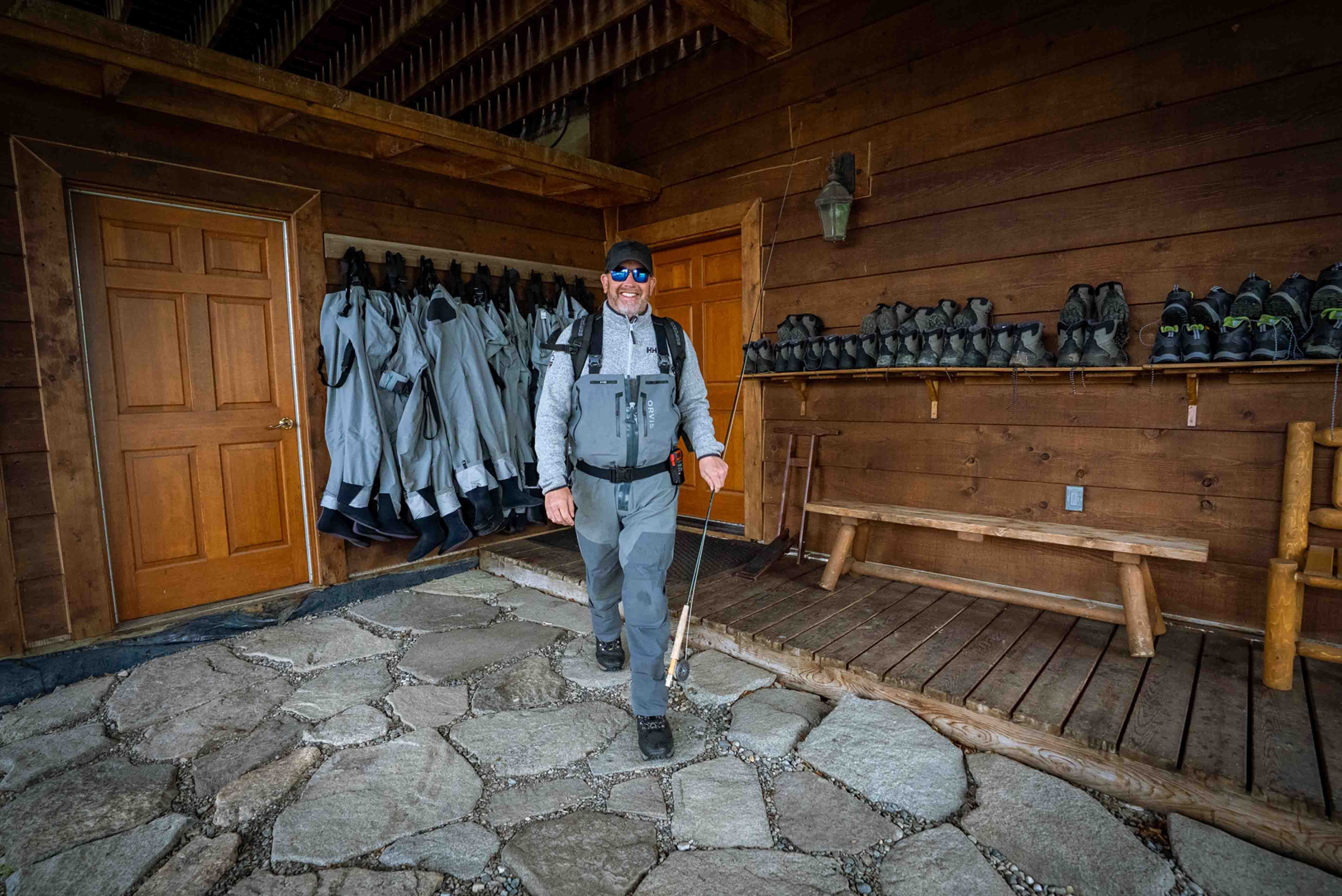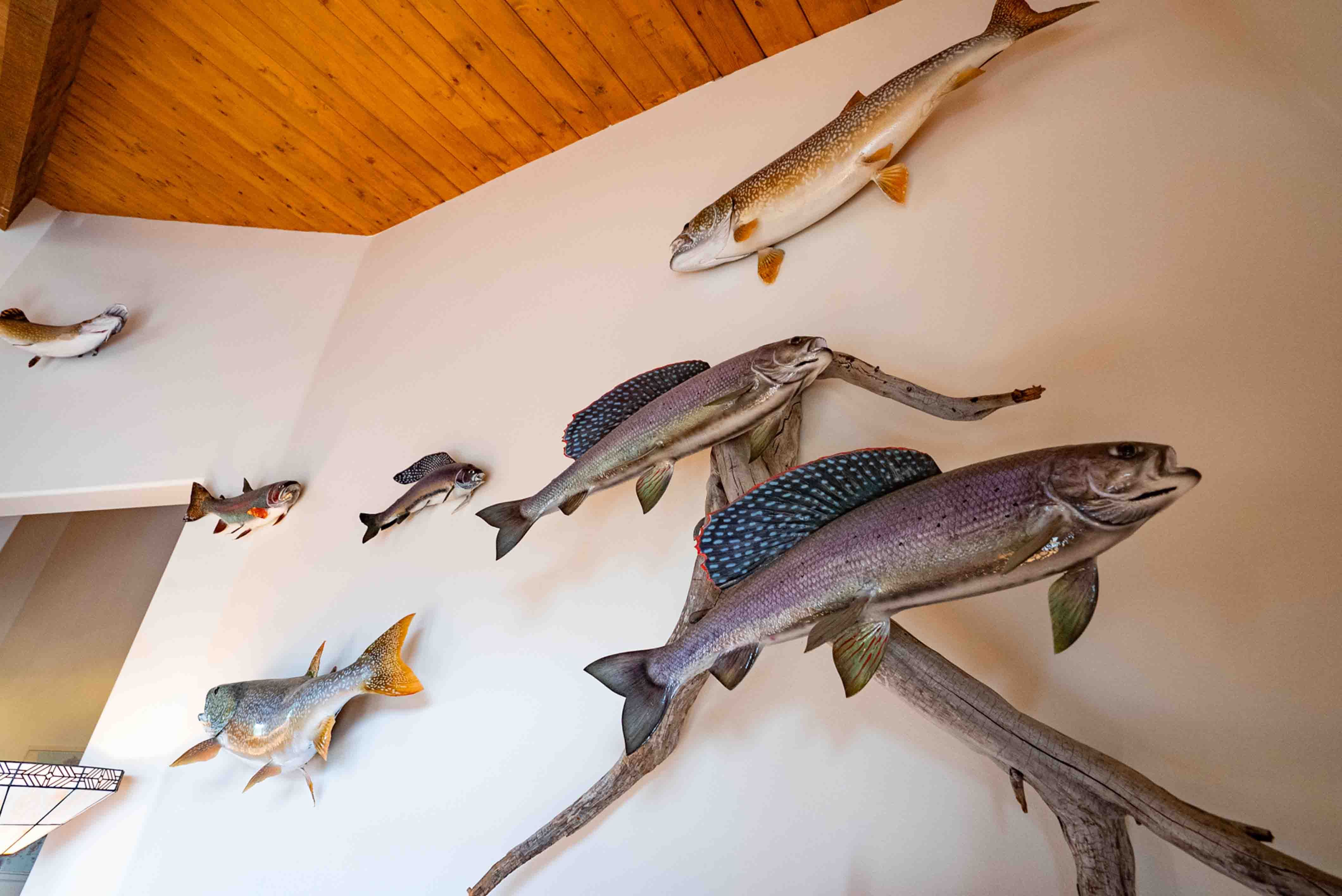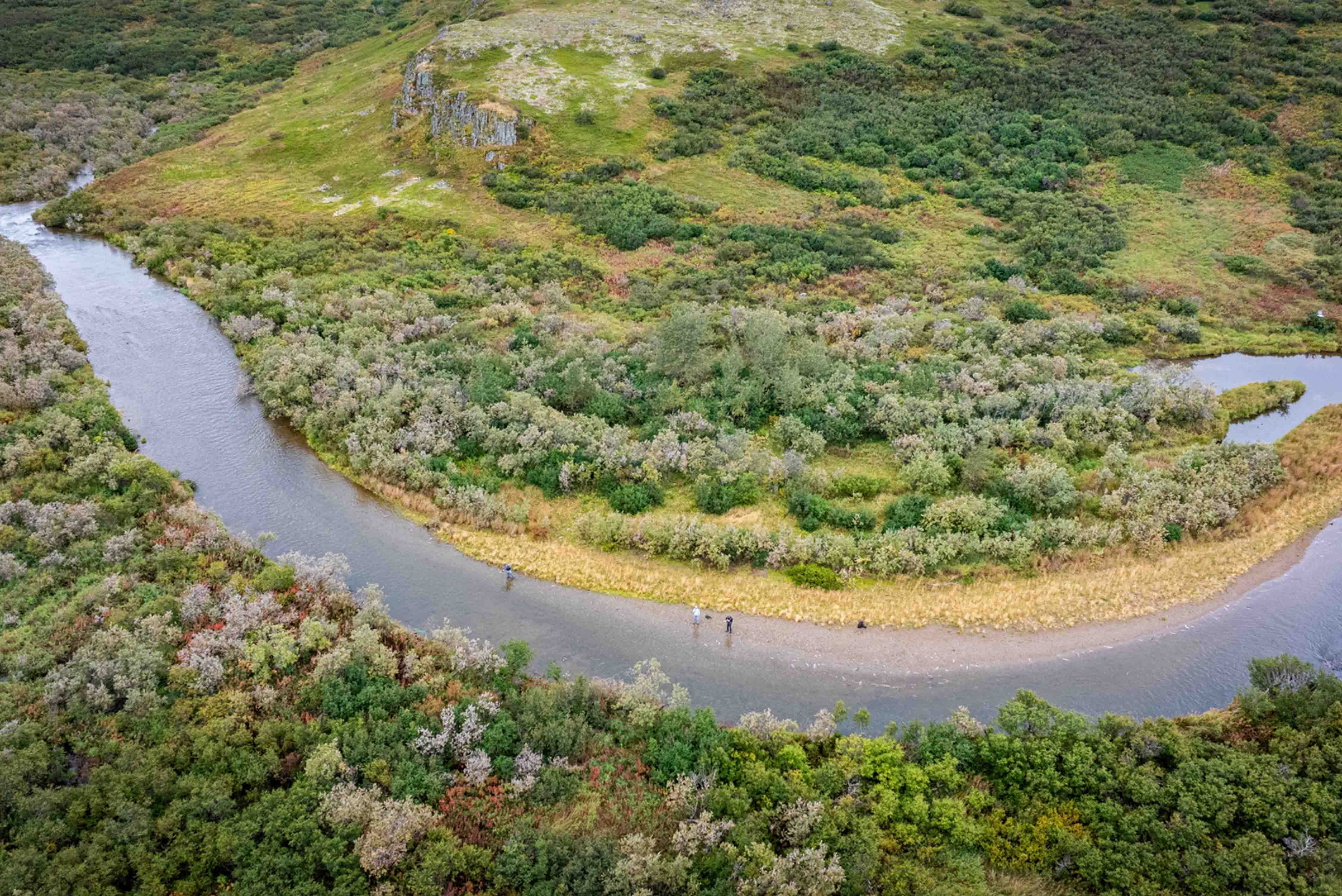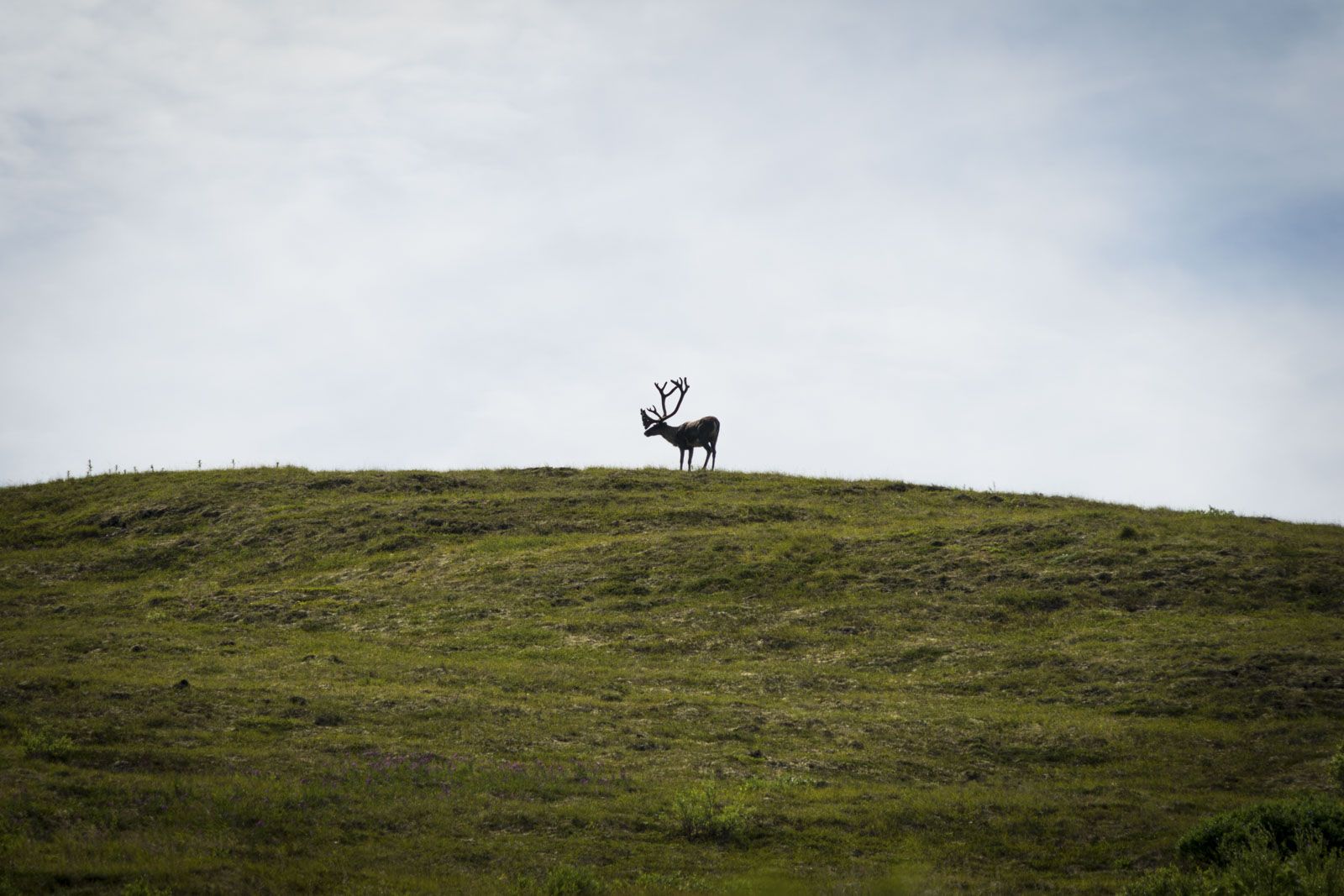Fishing Near Lake Clark National Park
Bristol Bay fishing revolves around the epicenter of the world’s largest salmon run, and Lake Clark plays a pivotal role as one of its key headwaters. In 2023, a staggering 53 million sockeye salmon undertook their migration from the ocean, navigating into the freshwater lakes and tributaries of Lake Iliamna for spawning. Lake Clark Lodge strategically situates itself, providing direct and indirect access to a diverse array of fisheries along the renowned salmon highway.
In the realm of Alaskan fishing, the region around Lake Clark is unparalleled in its diversity and abundance of different species. From pristine high-elevation lakes to winding tundra rivers and the expansive ocean, the options for those eager to catch fish are boundless. Alaska, boasting over 550 species of fish, three million lakes, and twelve thousands rivers, can be a bit overwhelming for those trying to navigate where to go, which fish to target, and when to show up. That’s precisely where we come in - to guide you through the options and ensure your experience is what you are looking for.
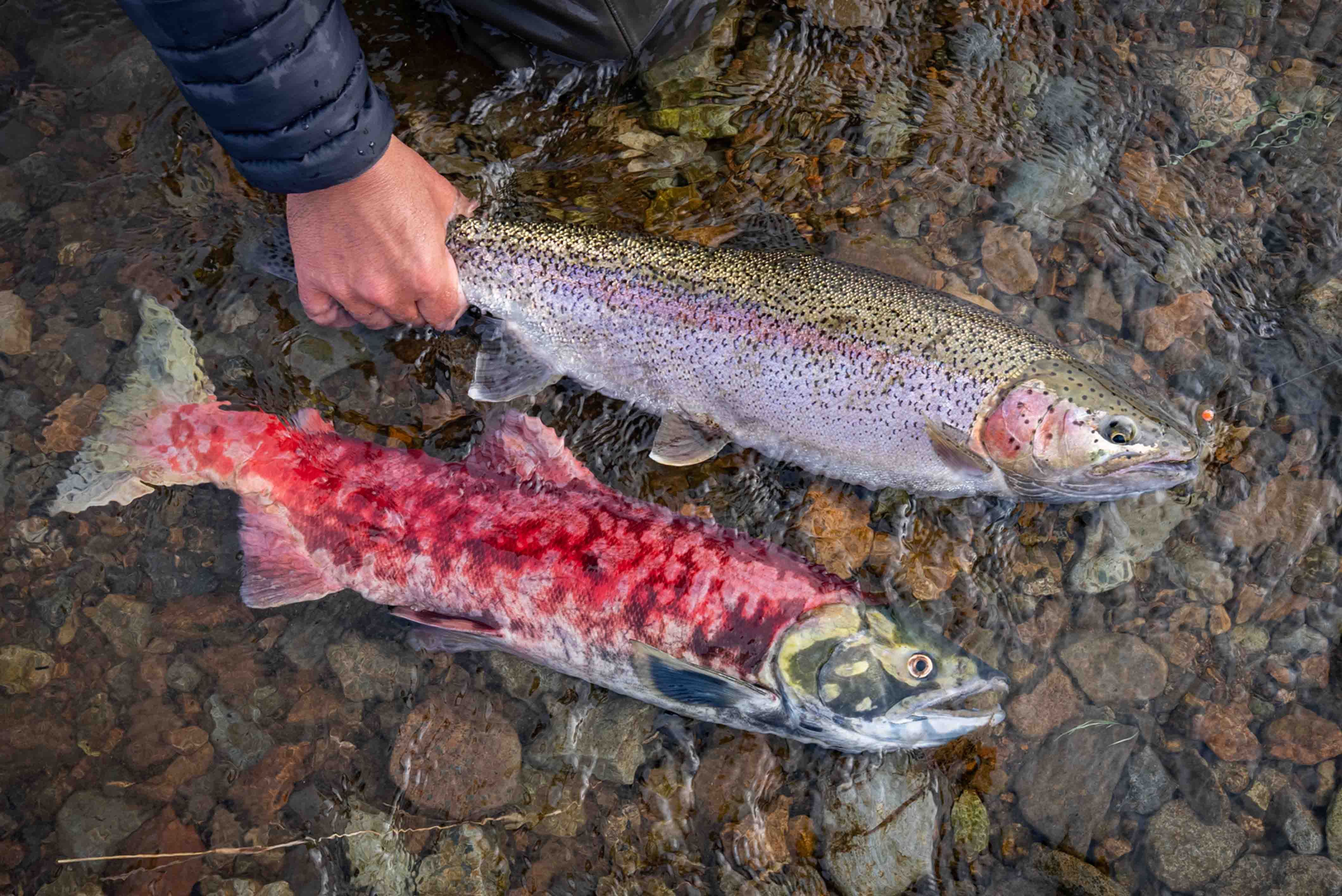
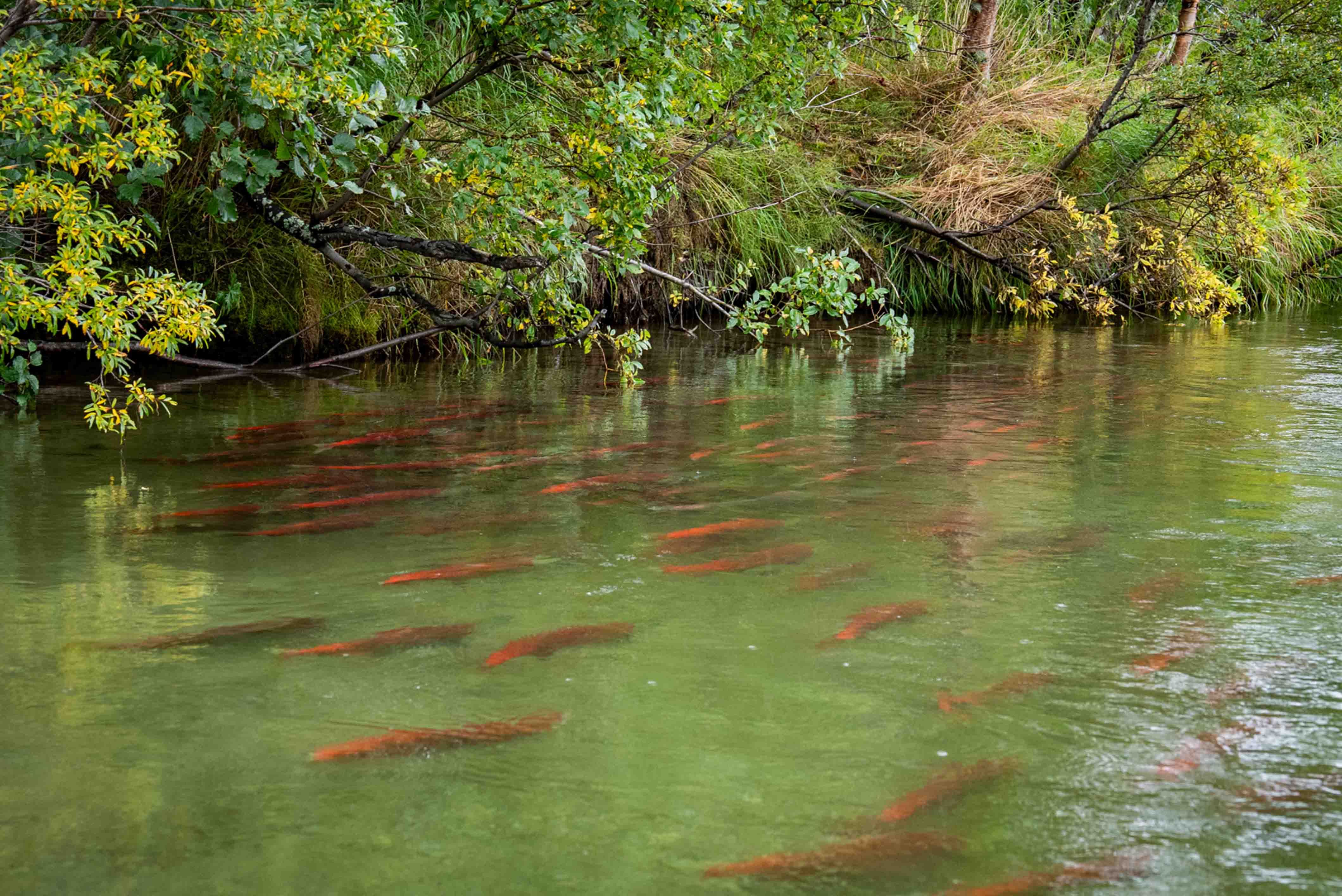
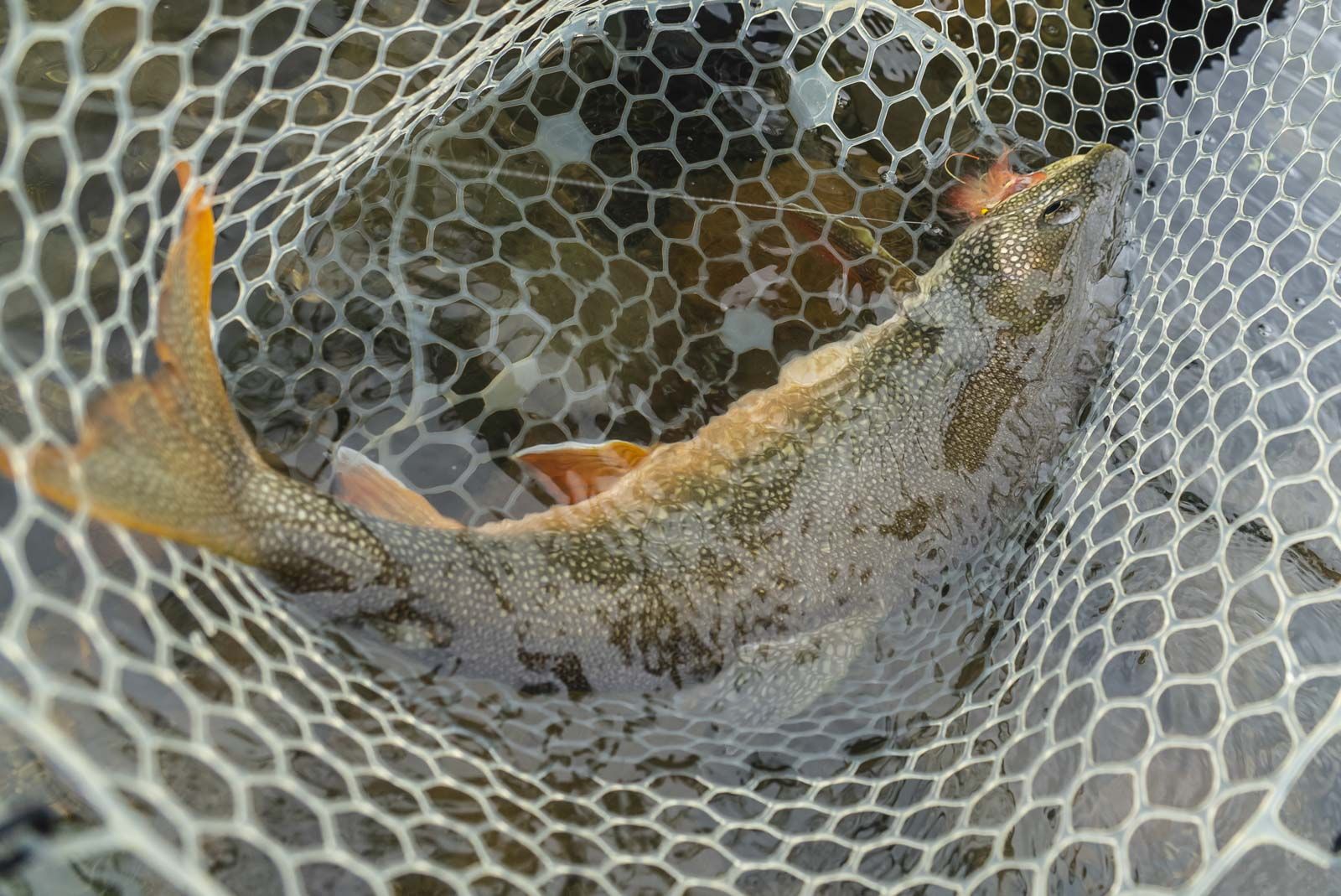
Fishing by month
Salmon
Sockeye: (July 1st-July 20th)
Silver Salmon: (July 28th-Sept 7th)
Chum Salmon: (July 20th-Sept 7th)
Pink Salmon: (July 1st- Aug 1st)
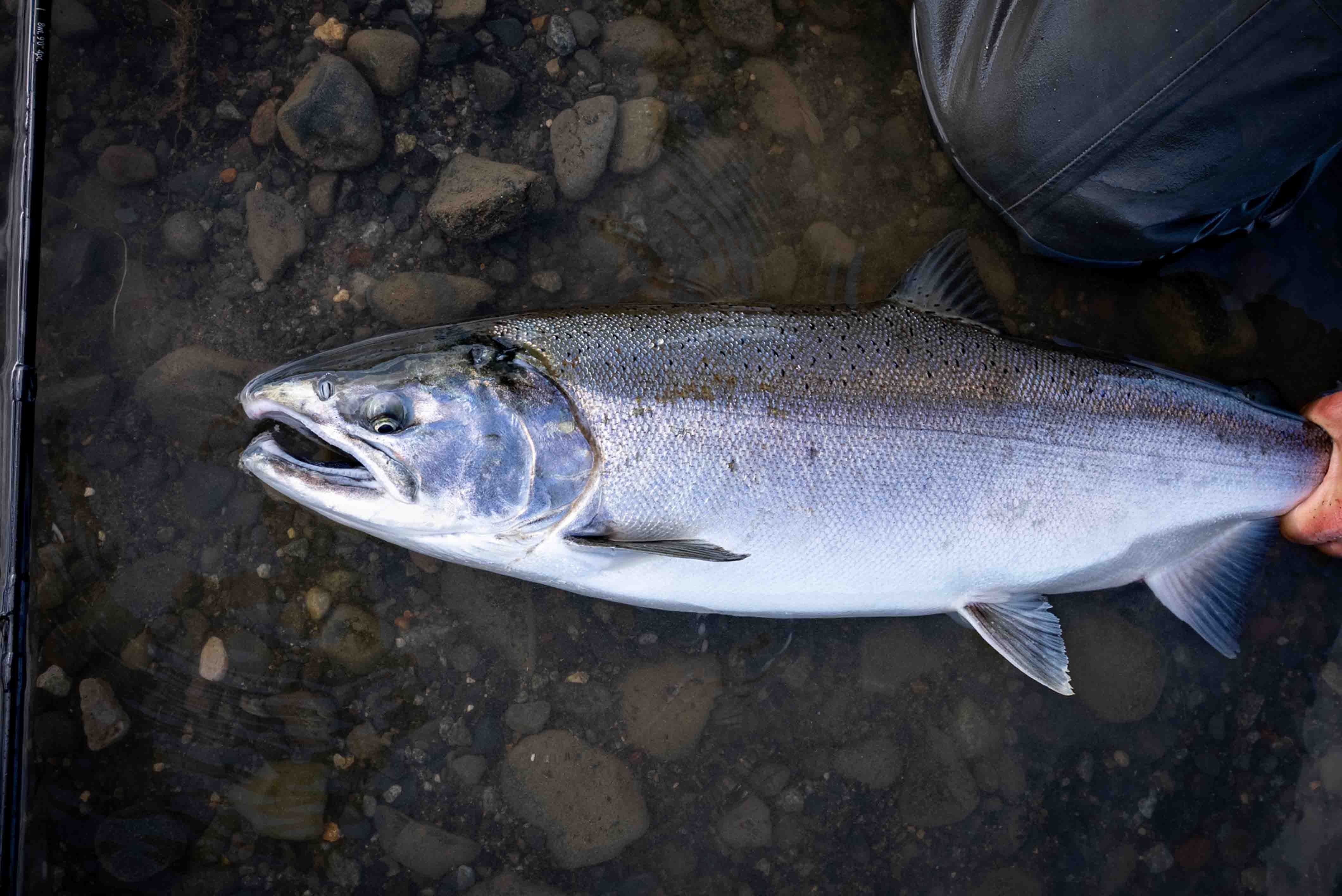
Game Species
Rainbow Trout: (June 7th-Sept 30th)
Northern Pike: (June 7th-Aug 30th)
Arctic Grayling: (June 7th- Sept 30th)
Lake Trout: (June 7th- July 30th)
Arctic Char: (July 1st- Sept 30th)
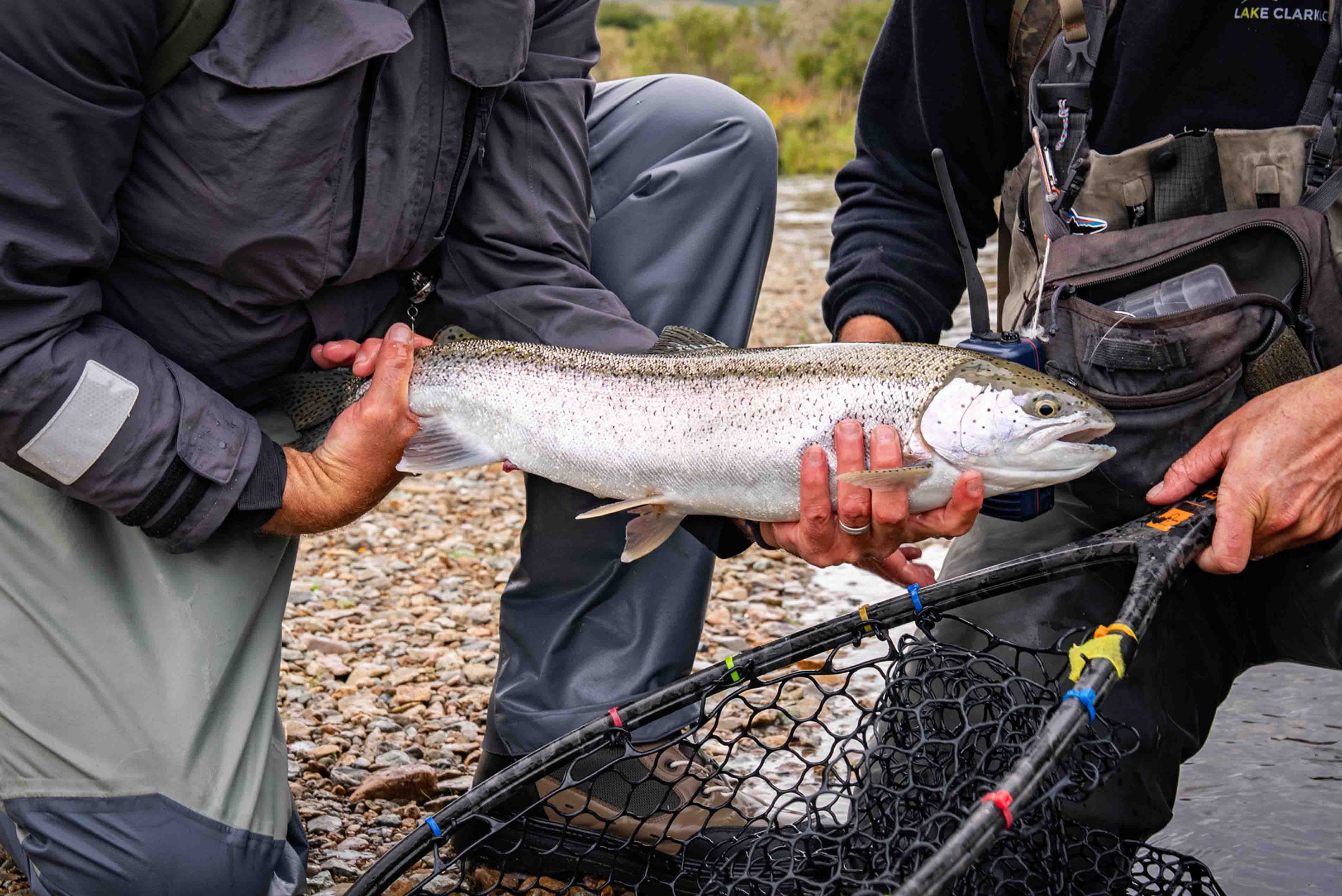
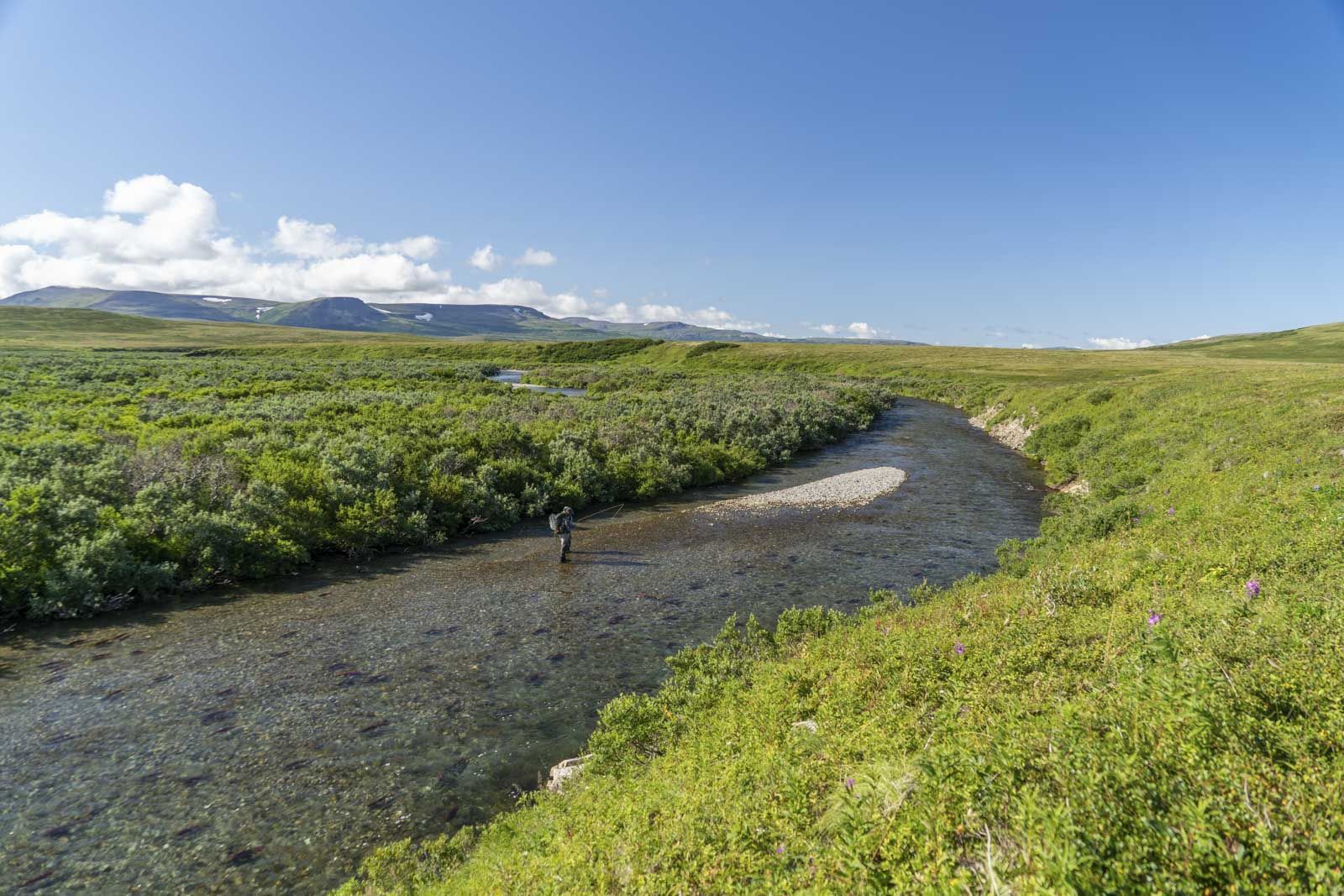
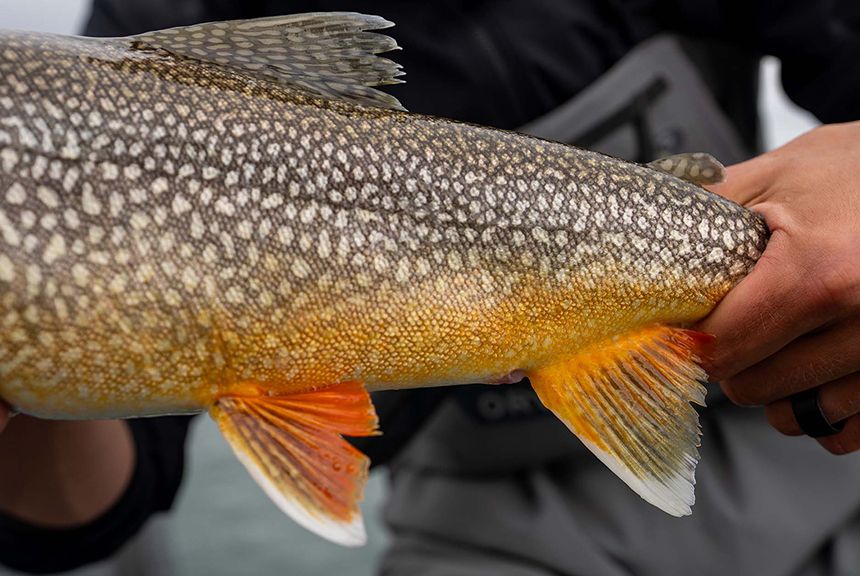
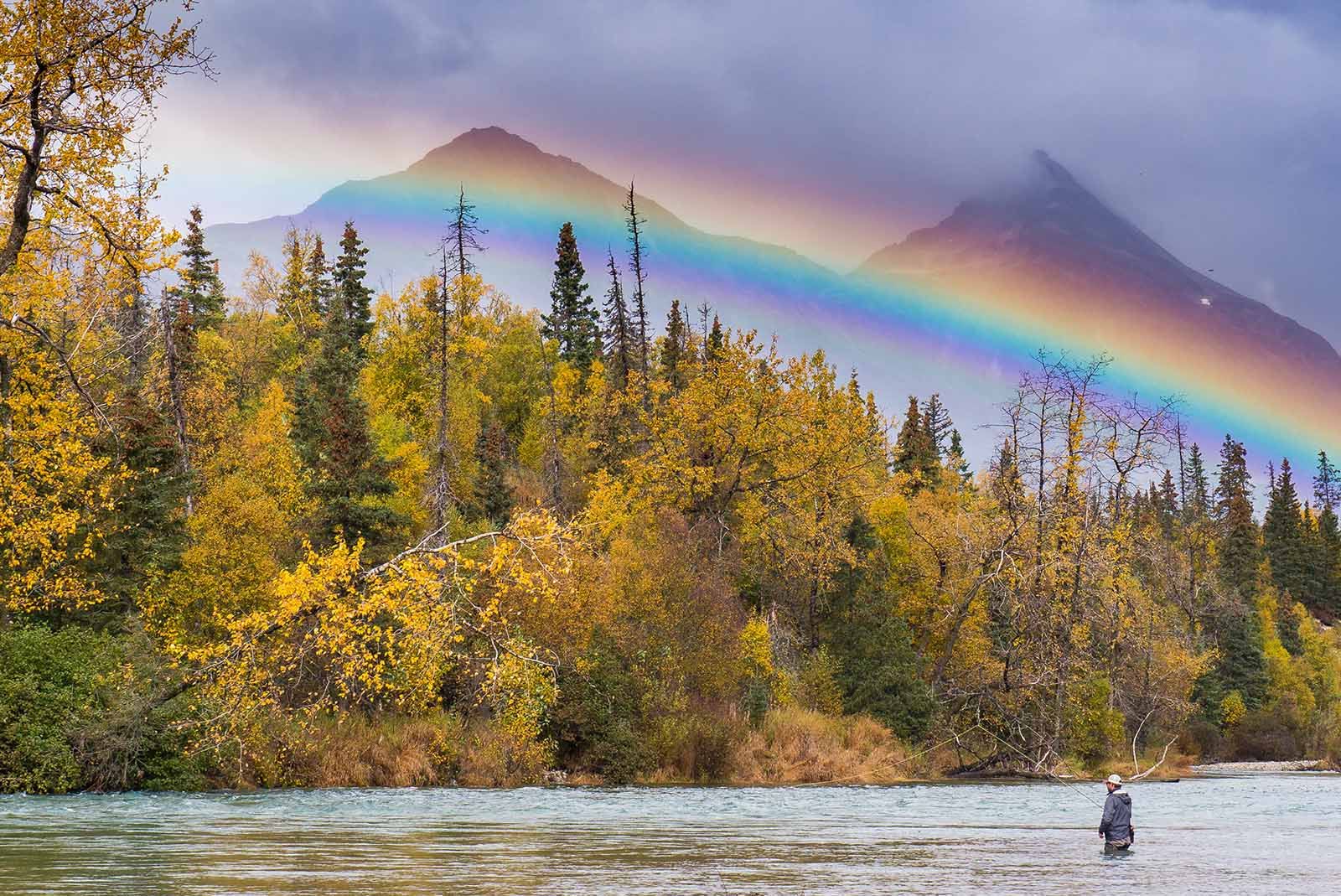
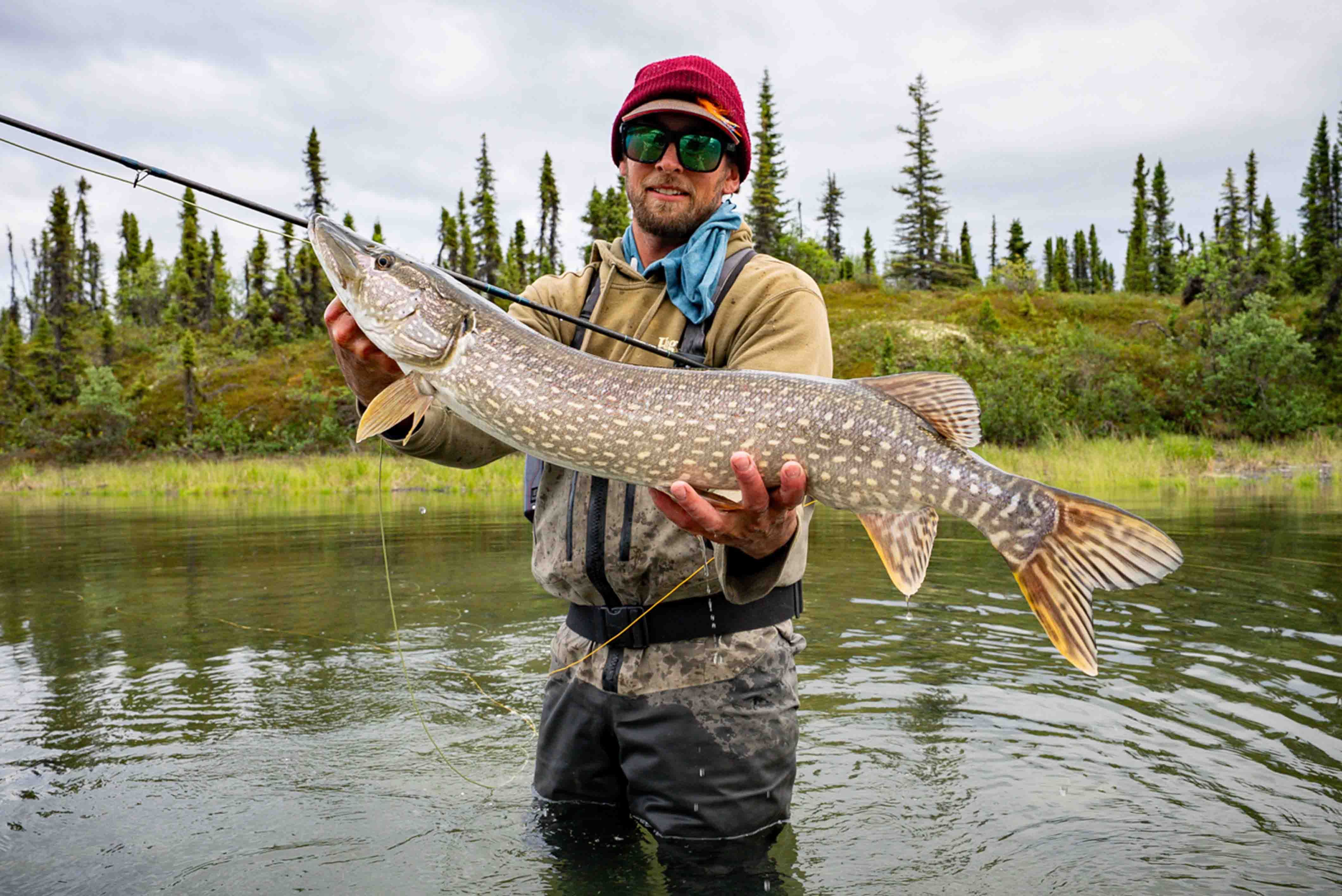
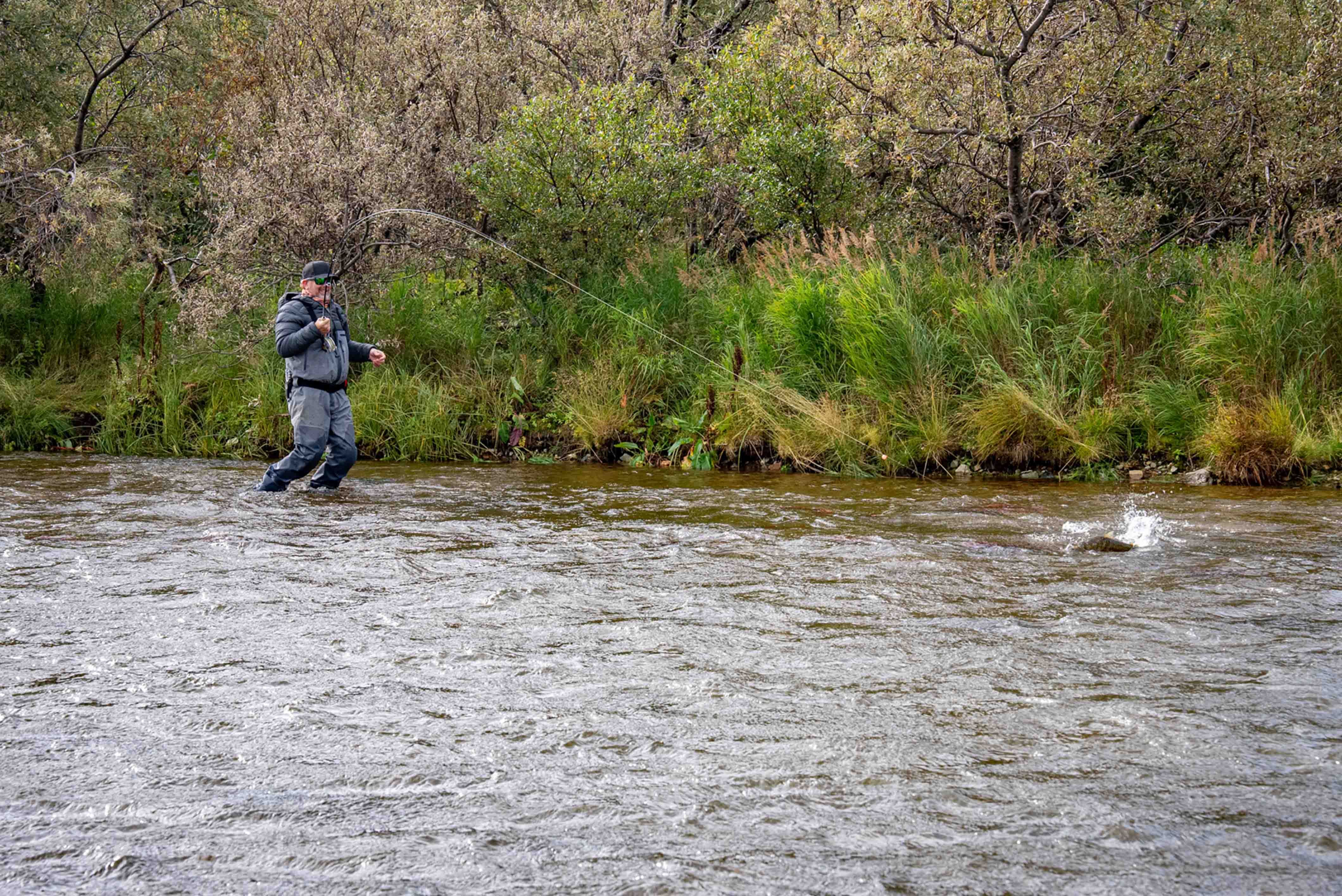
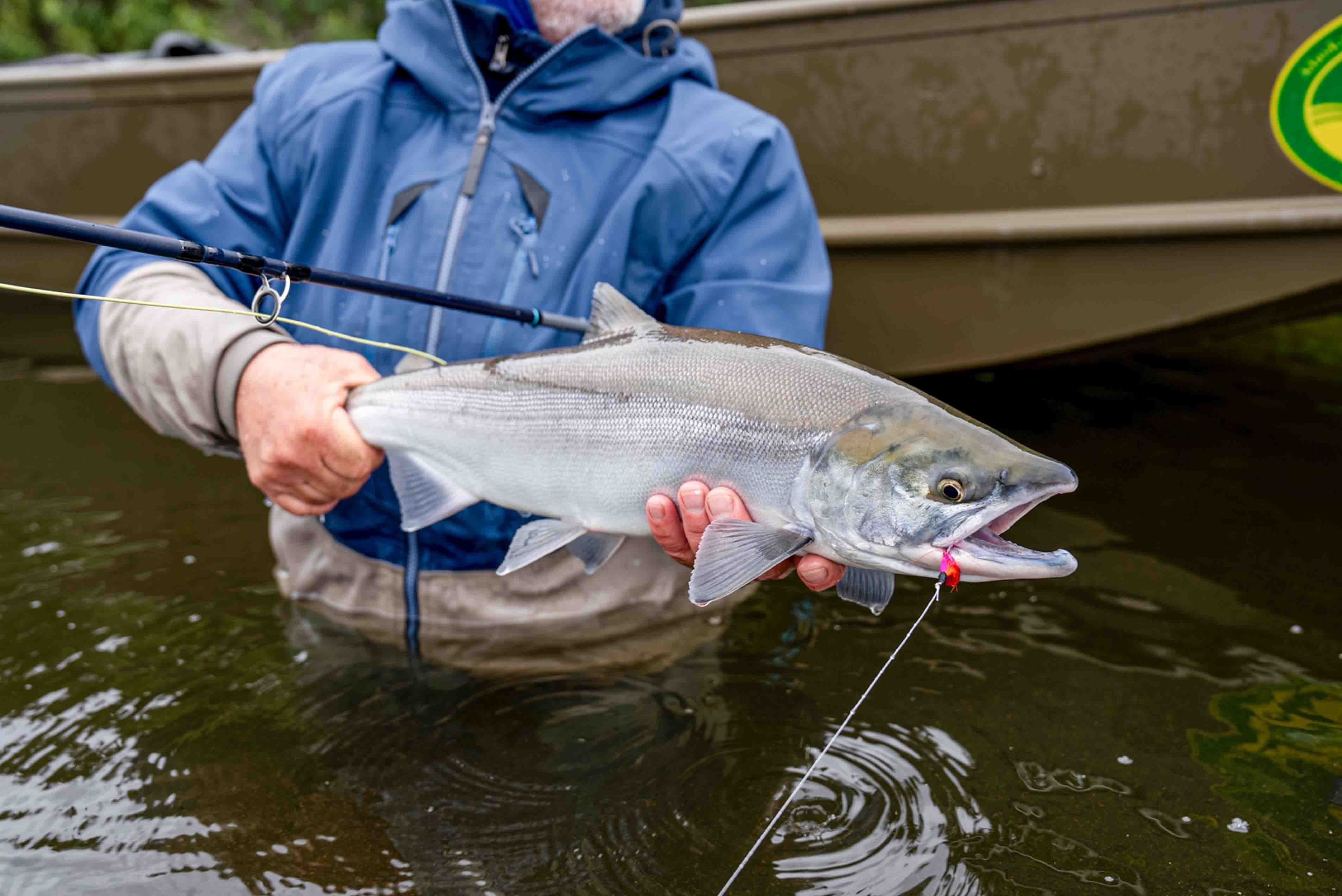
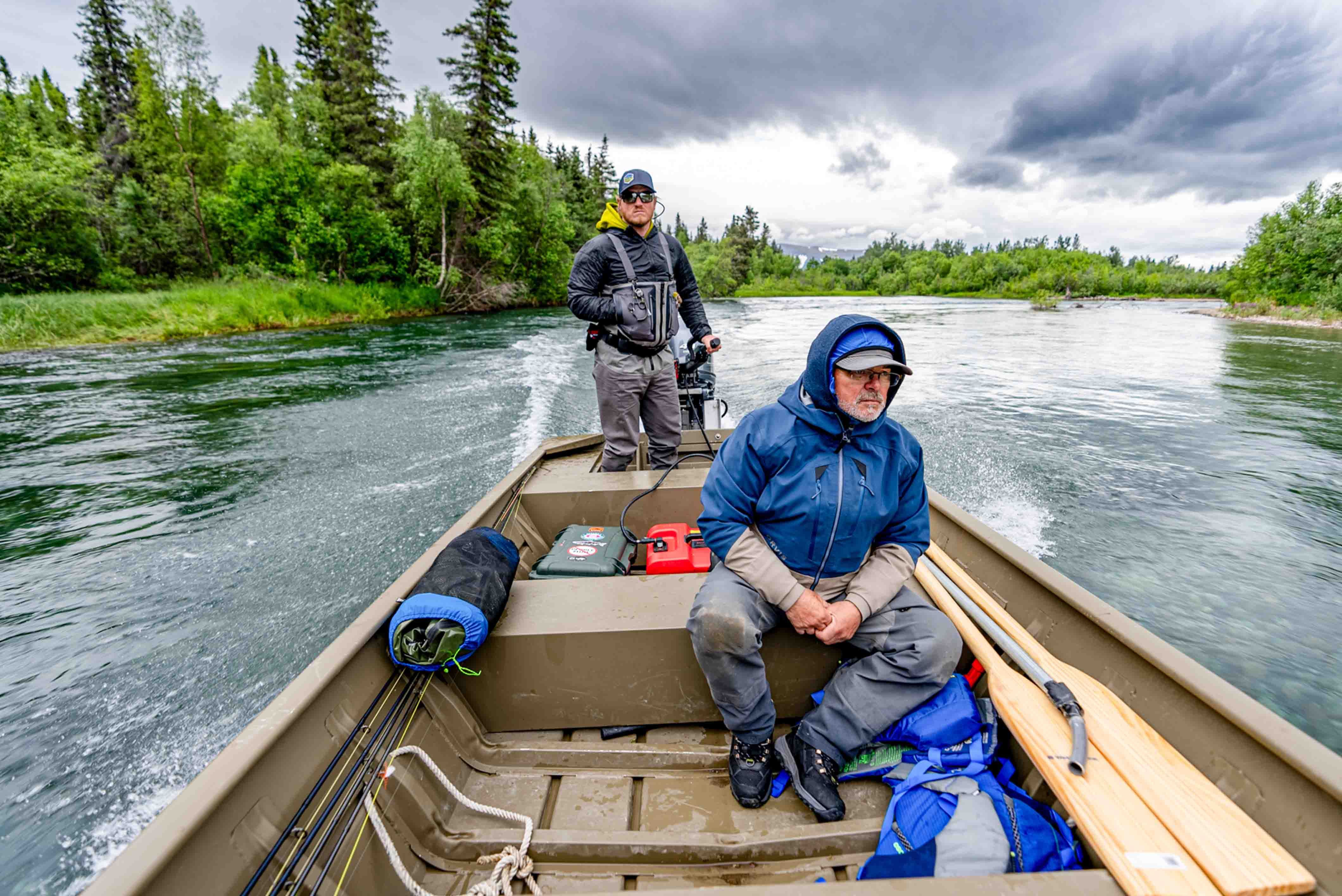
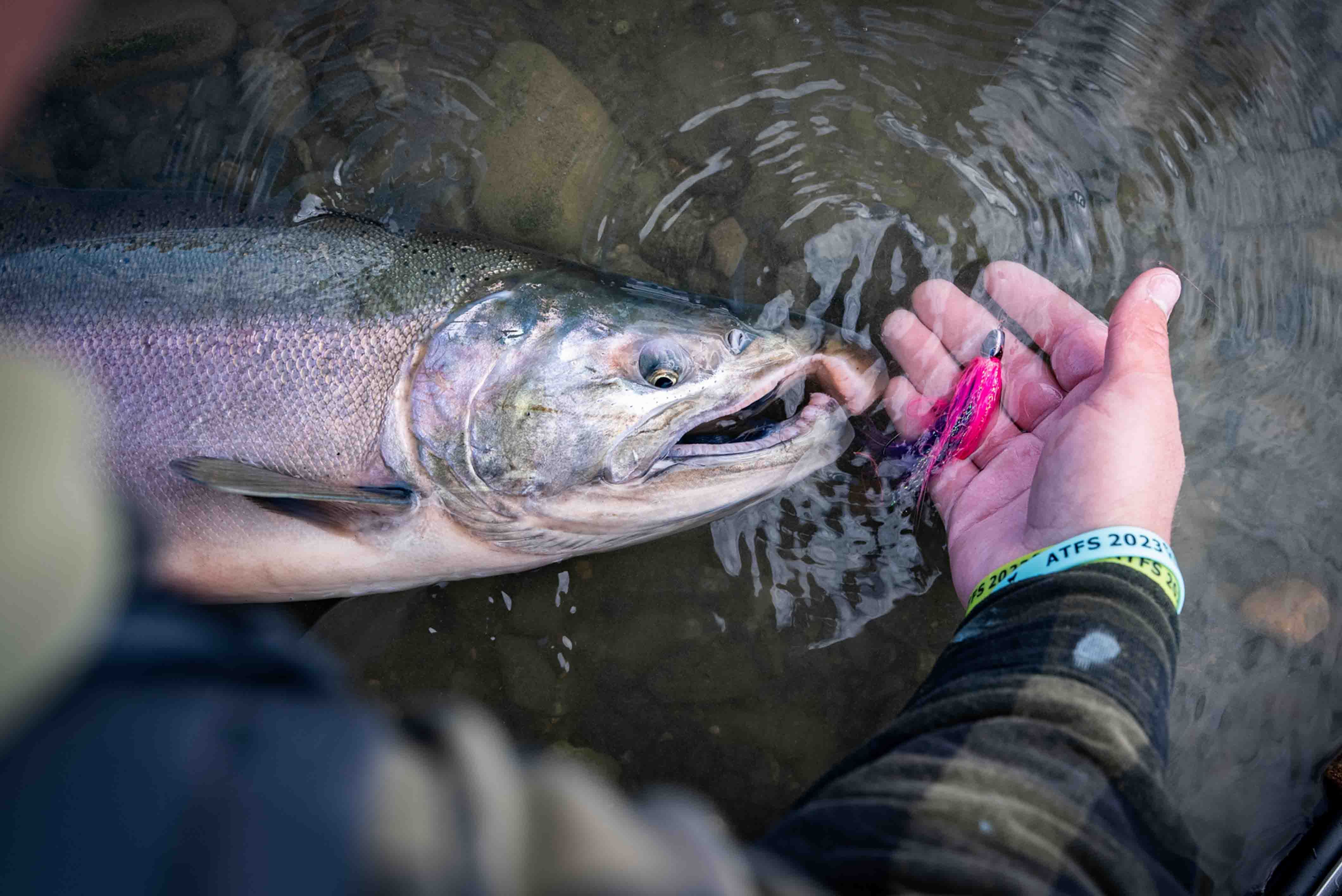
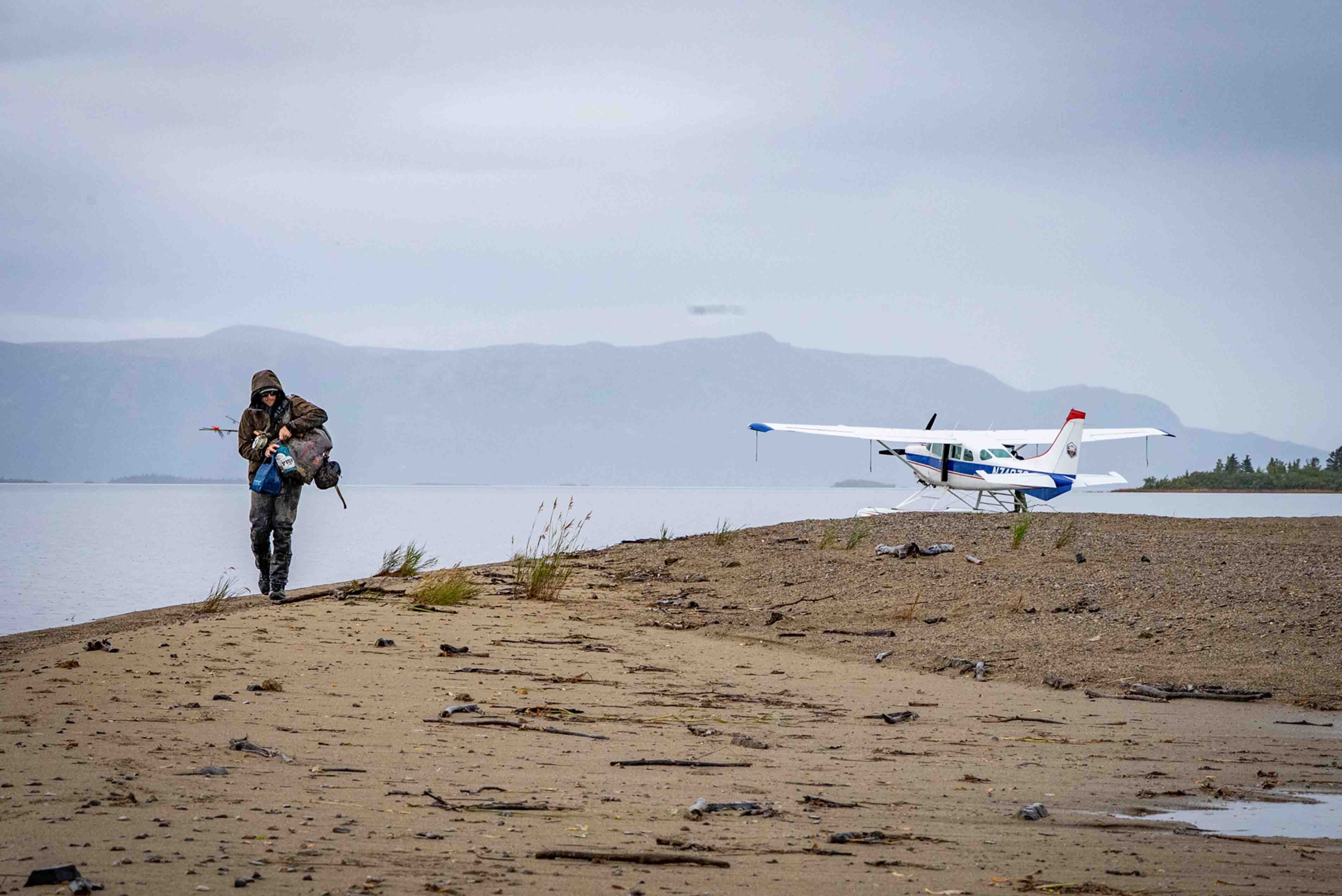
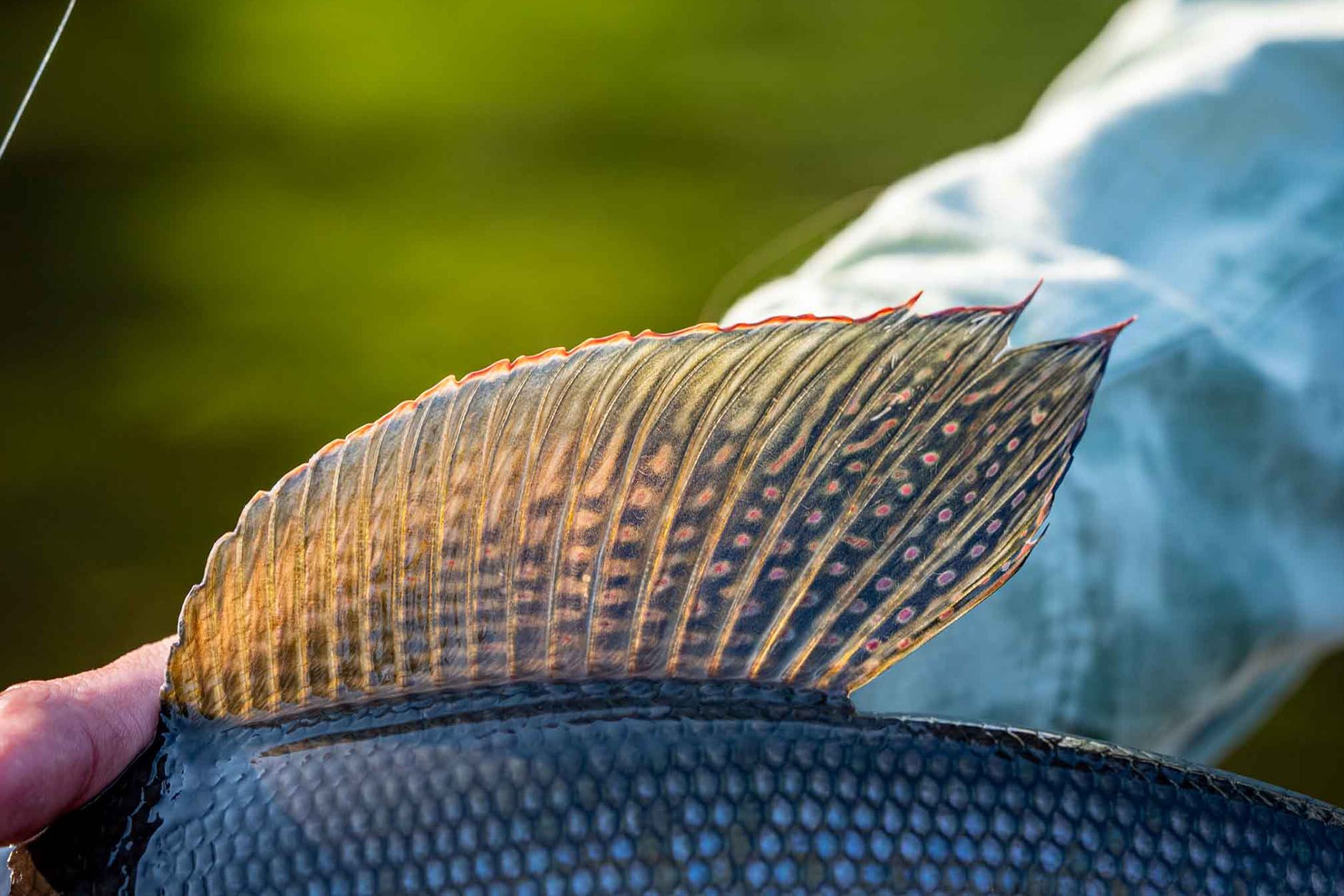
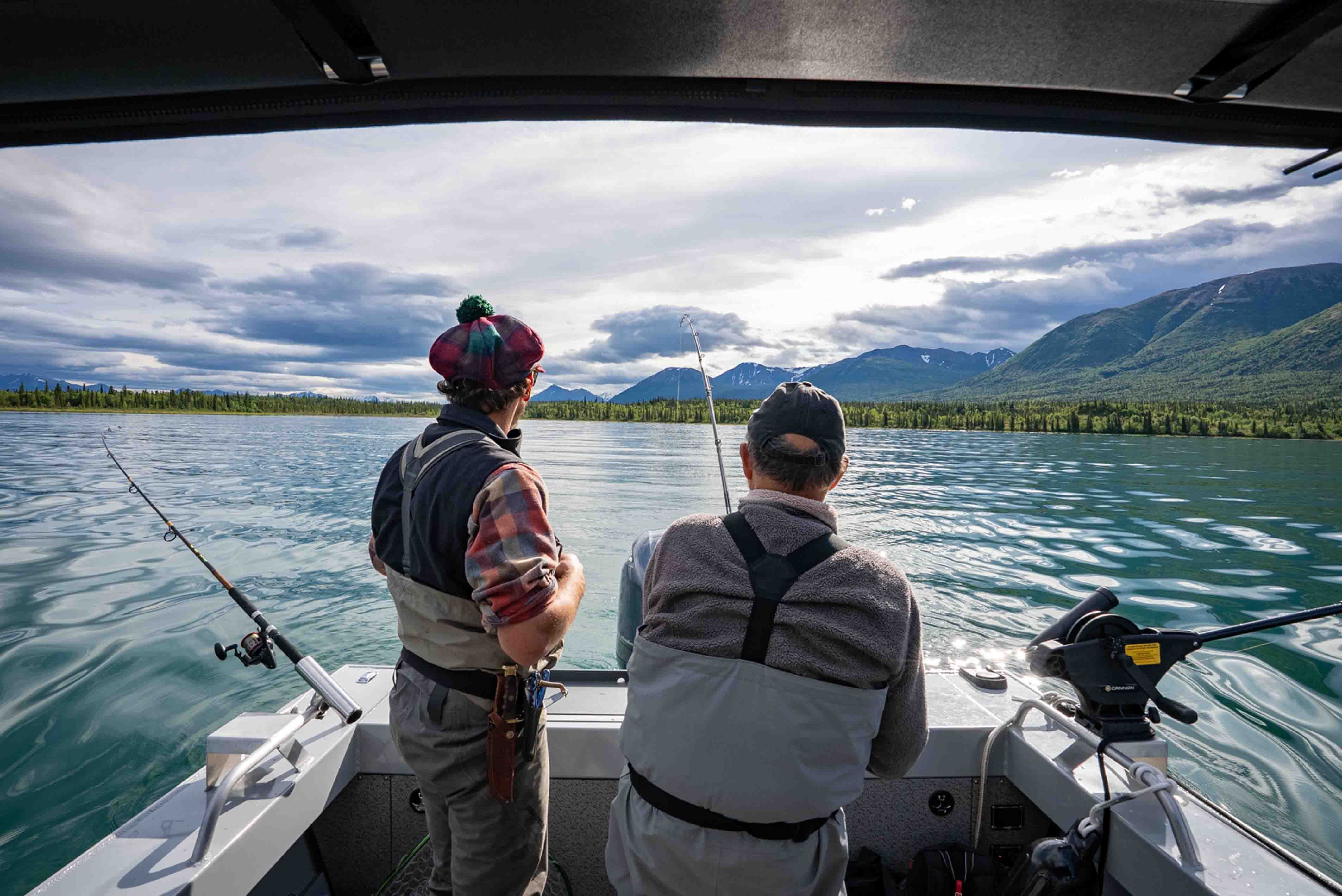
Pacific Salmon
You need to fish Alaska's Bristol Bay! The timing of your visit plays a crucial role in the salmon species you might encounter, ranging from pink and chum to sockeye or silver salmon. Whether you prefer to use conventional tackle or a fly rod, we are prepared to ensure you have the best chance at being successful. Consult our seasonal chart for guidance if you have a specific target species in mind.
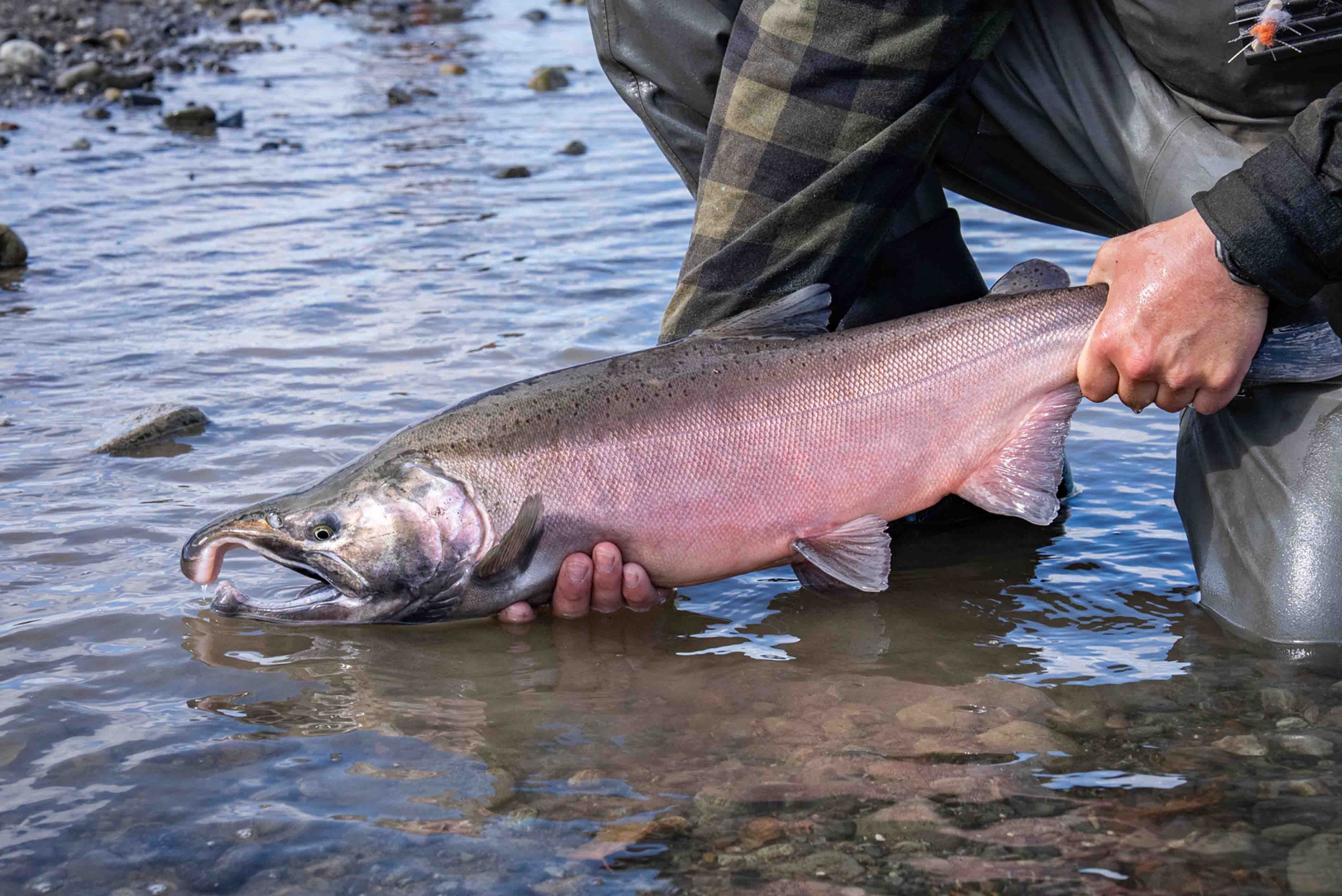
Rainbow Trout
Lake Clark itself harbors rainbow trout. As you navigate downstream passing through 6-Mile Lake and the Newhalen River, you eventually reach Lake Iliamna and its intricate network of tributaries. Lake Iliamna stands as the largest lake in the United States, excluding the Great Lakes. It’s 77 miles long and 22 miles wide.
Between the lake systems and all of the tributaries in-between, there are a variety of opportunities to target trophy rainbow trout. Early in the year, they can be found eating mice, insects, and out migrating salmon smolt. As the sockeye run up river to spawn, rainbow trout will swarm into the rivers to feed on their eggs. If you have questions about the specific rivers we fish, please reach out to us directly.
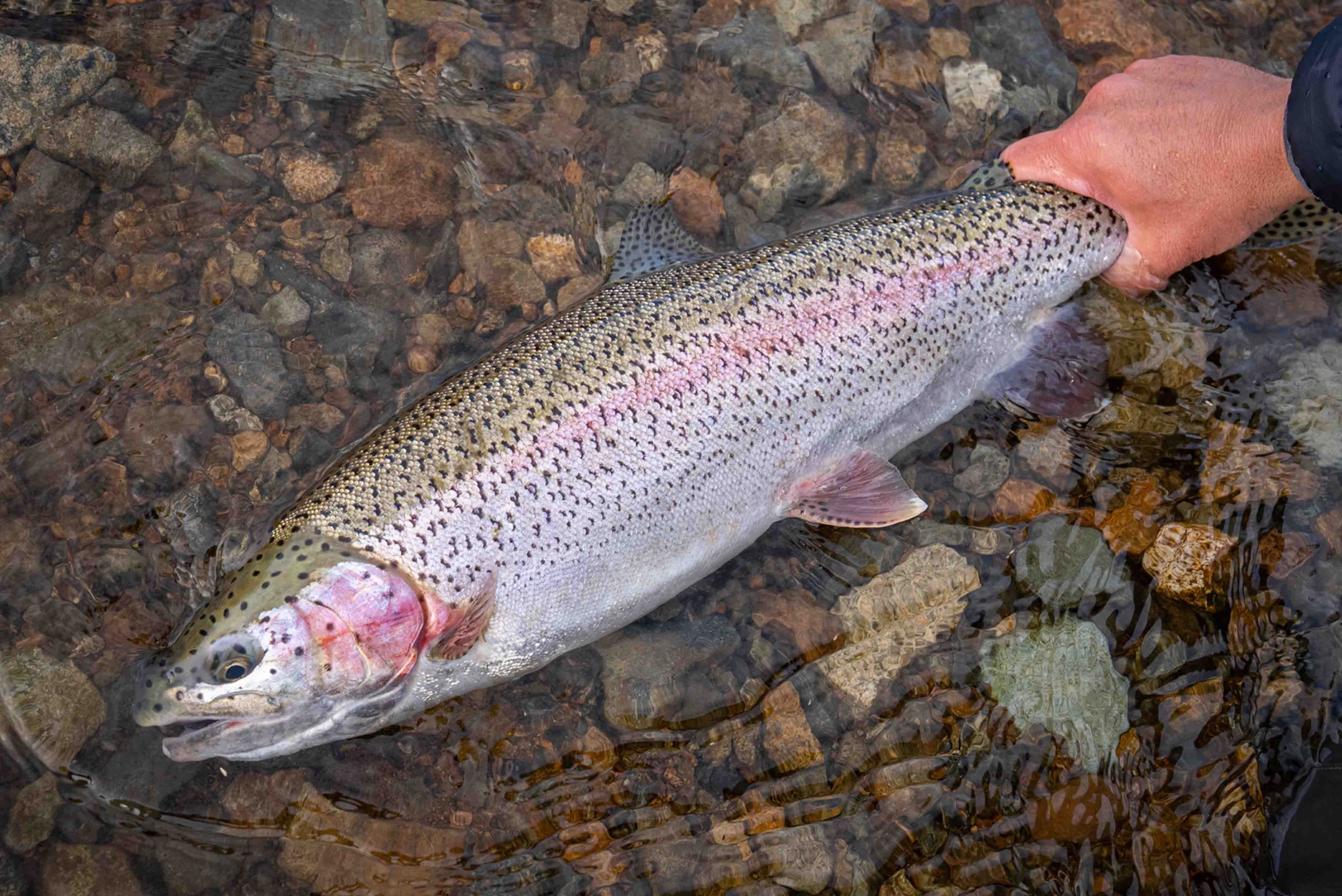
Northern Pike
For those seeking a lake focused fishing experience, we strongly encourage dedicating time during your stay to target Northern Pike. Within the casting range of our dock and a 15-minute flight away, you can access some of the best pike fishing in all of Bristol Bay. For anglers that genuinely obsess over sight fishing, this species should be on your bucket list. In Lake Clark, pike can get over 50 inches making them some of the largest in the entire United States. If you are looking to do some sight fishing, Lake Clark offers opportunities to catch the largest Northerns in all of Bristol Bay. Just remember to hone in your figure 8 skills.

If you’ve never caught a fish on the fly rod, grayling are for you. They are not only hungry and beautiful but also easy to catch. If you’re bringing your family to Lake Clark Lodge, it serves as the perfect introduction to fishing. But they aren’t just for beginners, they also offer an exceptional experience for dry fly purists.
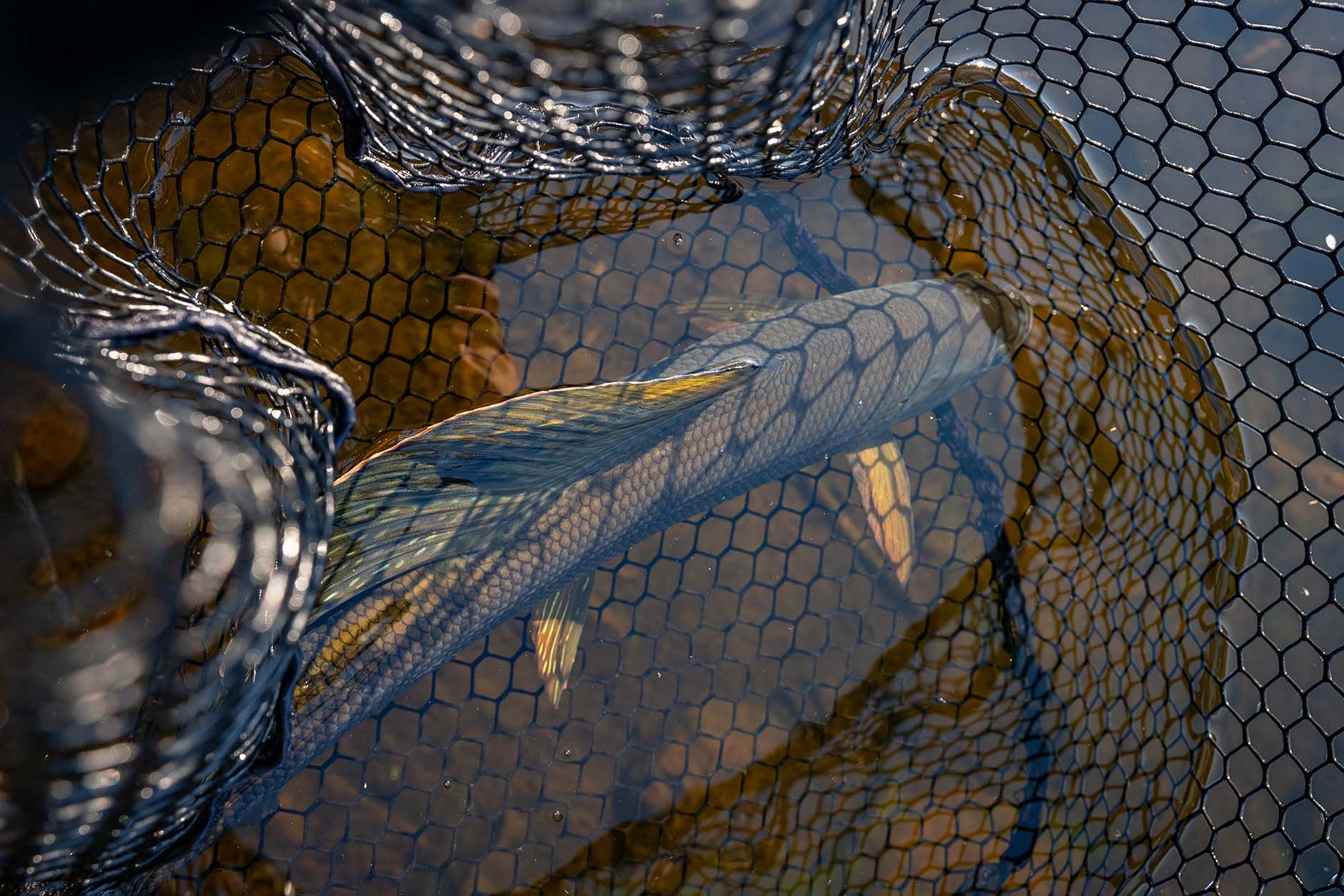
Lake Trout
In the depths of glacier-fed lakes such as Lake Clark, you can also find lake trout. We take pride in offering you the chance to embark on an afternoon or early morning troll. While certain times of the year make them more accessible for fly fishing, we often utilize one of our larger boats to target deeper structures where you might be lucky enough to hook into a fish over 20 pounds. Coupled with fly fishing for grayling and pursuing pike, successfully landing a lake trout will complete your “Lake Clark Grand Slam”.
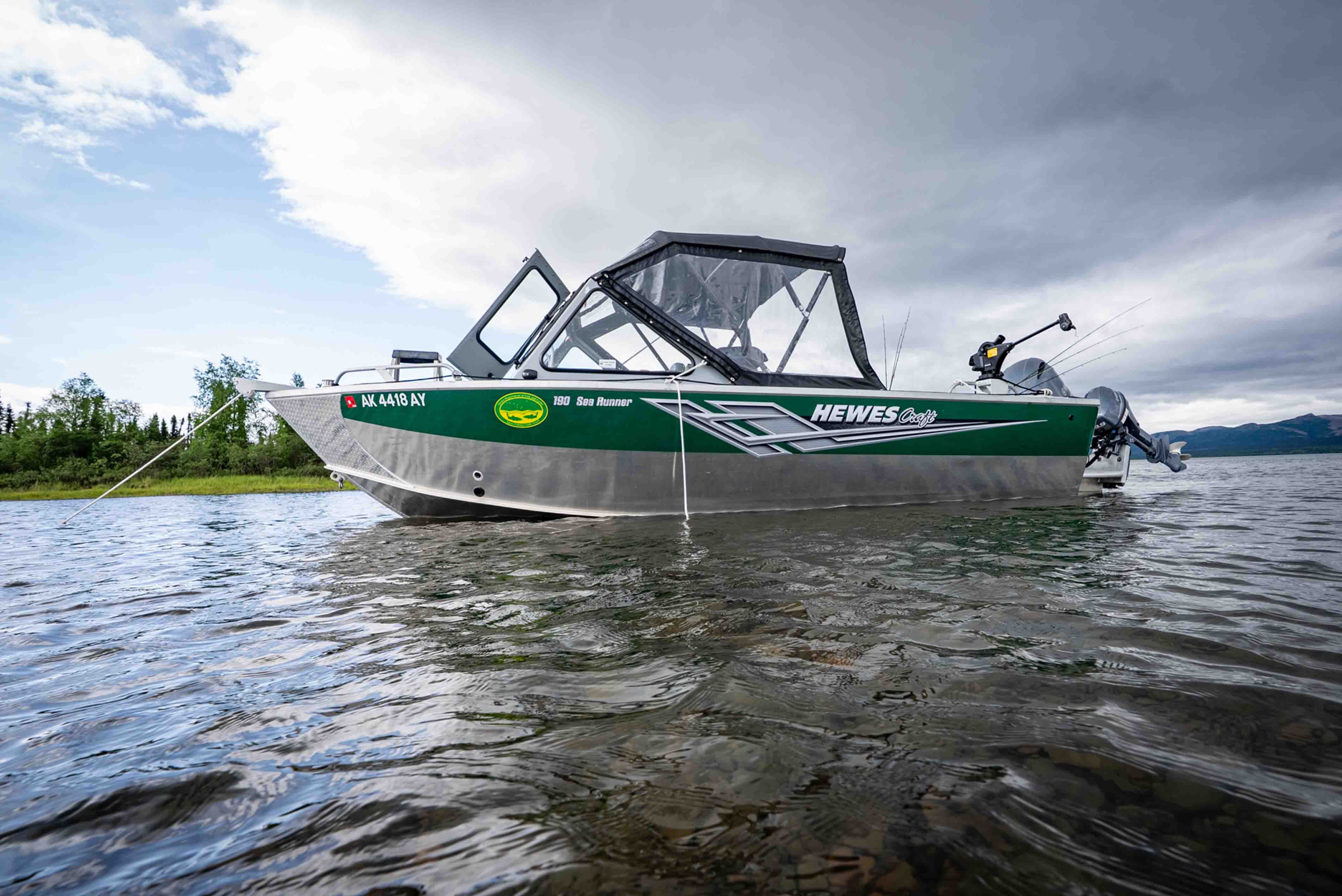
Arctic char inhabit several rivers that we fish throughout the season. Although they are uncommon in Lake Clark, they can be caught while targeting other species. Fly outs are available for anglers seeking Arctic Char during certain weeks of our season.
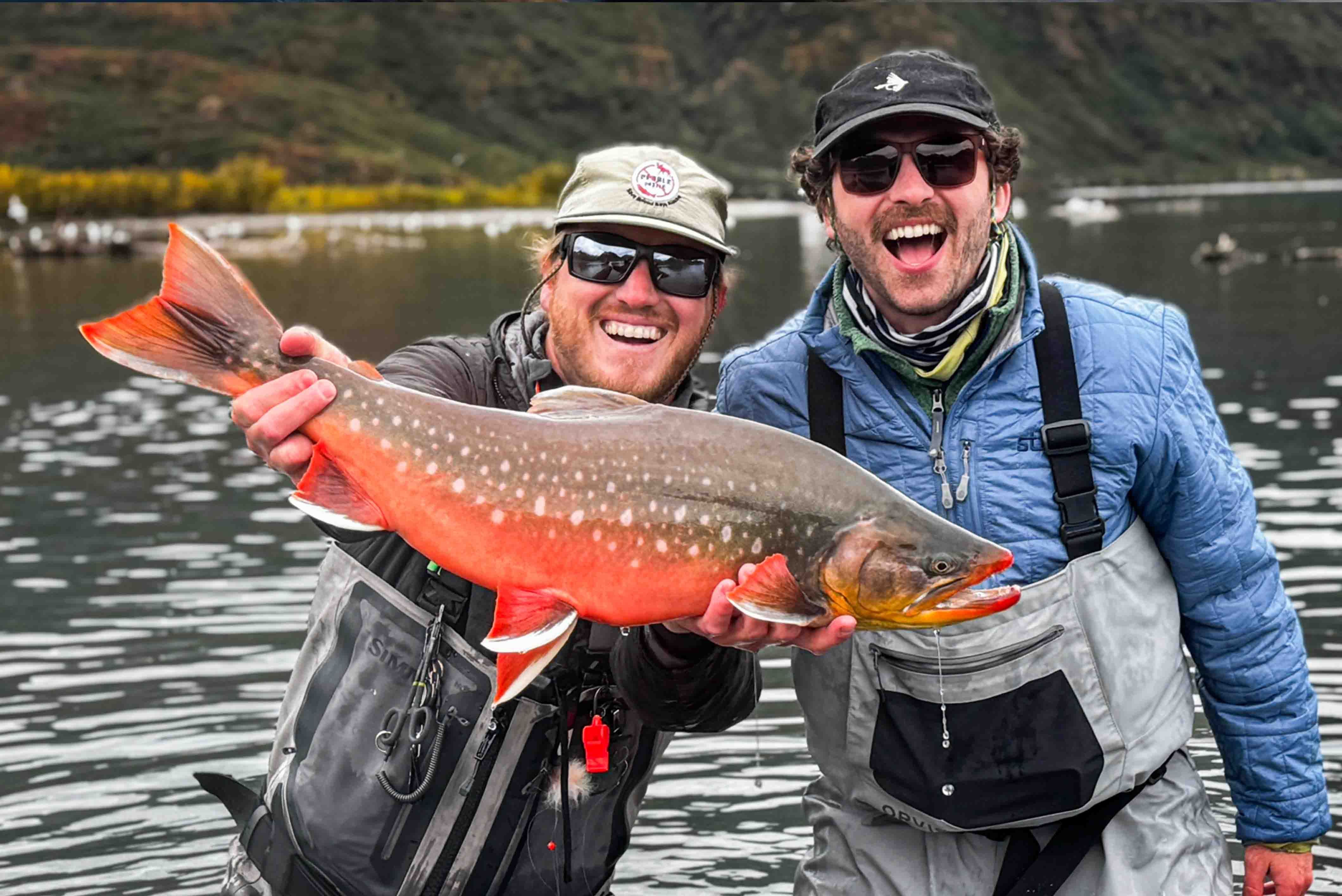
Spring is a fantastic time for anglers to target rainbow trout on streamers, dry flies or mouse patterns. After a long winter with limited food they are hungry and aggressive. The arrival of June signals the migration of salmon smolt back to the ocean, a period heralded as the most underappreciated month of the season. It’s also prime time to catch grayling, northern pike, and lake trout.
As you get ready for your trip, anticipate morning temperatures in the mid-40s, gradually rising to the low 60s during the day. To ensure you are well-prepared for varying conditions, we recommend checking out Travel Checklist for a comprehensive guide to the essential gear you’ll need.
Summer is in full swing by early July. As the sockeye start to migrate up the Kvichak River our fisheries explode with life. For those eager to bring home a box of fish, this period is an ideal time to plan your visit. Bears start to gradually migrate closer to our inland rivers, which adds an extra layer of excitement. Depending on the duration of your trip, anticipate a diverse array of species including trout, char, grayling, pike and lake trout.
By summer time, temperatures are typically in the 50s, with highs reaching into the upper 60s.
Undoubtedly, this stands out as the pinnacle month for fishing throughout the region. Silver salmon start to show up. They are the most aggressive salmon in the area and will actively chase your fly or lure. It’s also the time where sockeye start to lay their eggs and the rainbow trout start to feed aggressively. The sockeye spawn is a lot like Thanksgiving, as soon as the dinner bell rings, they feed until they can’t eat anymore. You can hope to catch silver salmon, trout, grayling and char.
As August unfolds, it brings with it the highest likelihood of rainfall. The lodge starts to experience cooler temperatures, with lows dippin into the 50s and daytime highs reaching the upper 60s.
As the cold weather hits, the tundra undergoes its transformation, with the vibrant grass fading into a golder hue. By this time of the season, most sockeye salmon have started spawning but you can still catch fresh silvers, rainbow trout, grayling, char and salmon.
The weather will be colder and we recommend being prepared with additional layers. Anticipate lows in the 50s and the daytime highs in the 60s.
Equipment & Gear
If you already own fishing gear, we encourage you to bring it along. No need to worry if you don’t– we are fully equipped with waders, boots, fly rods, gear rods, lines, leaders, flies and lures. Our guides are well-prepared to accompany both first-timers and experienced anglers. Regardless of your preferred method for targeting fish, we have everything you need. Should you have any specific requirements or requests, feel free to reach out to us directly. All guests must obtain an ADF&G fishing license/salmon stamp to fish. You can conveniently purchase one online. (CLICK HERE )
